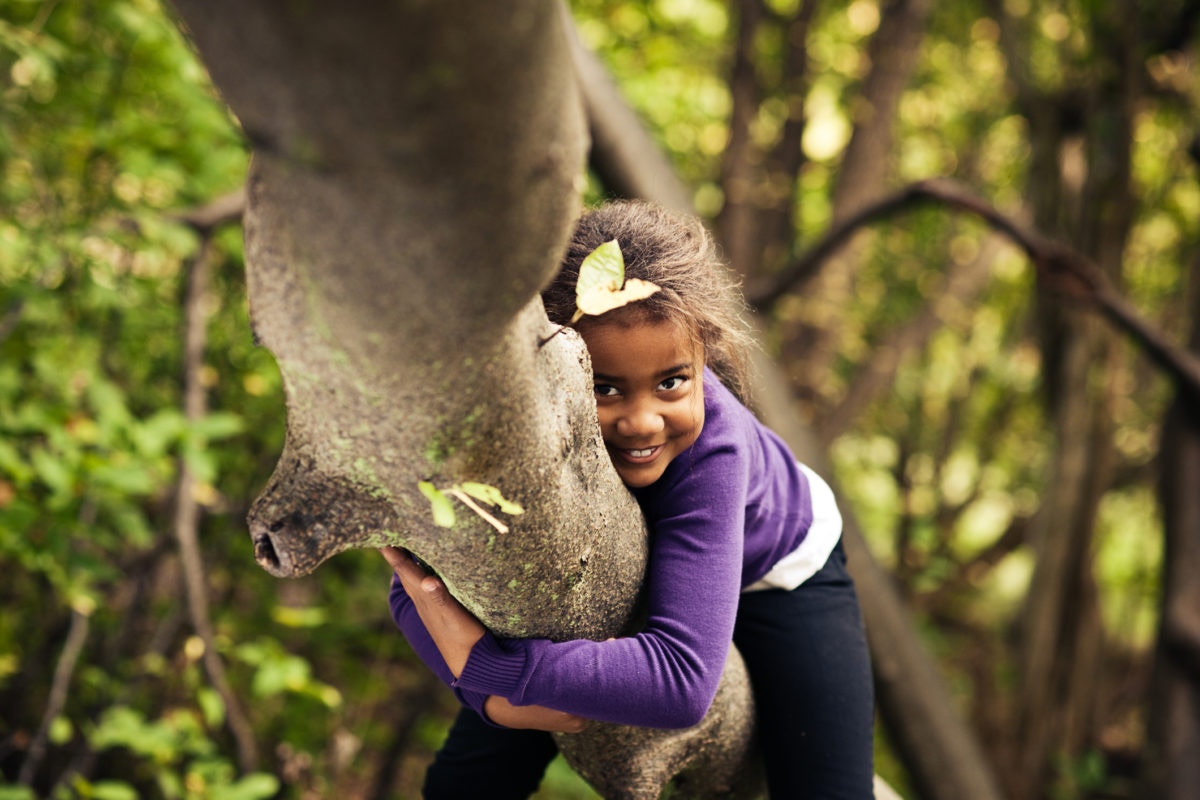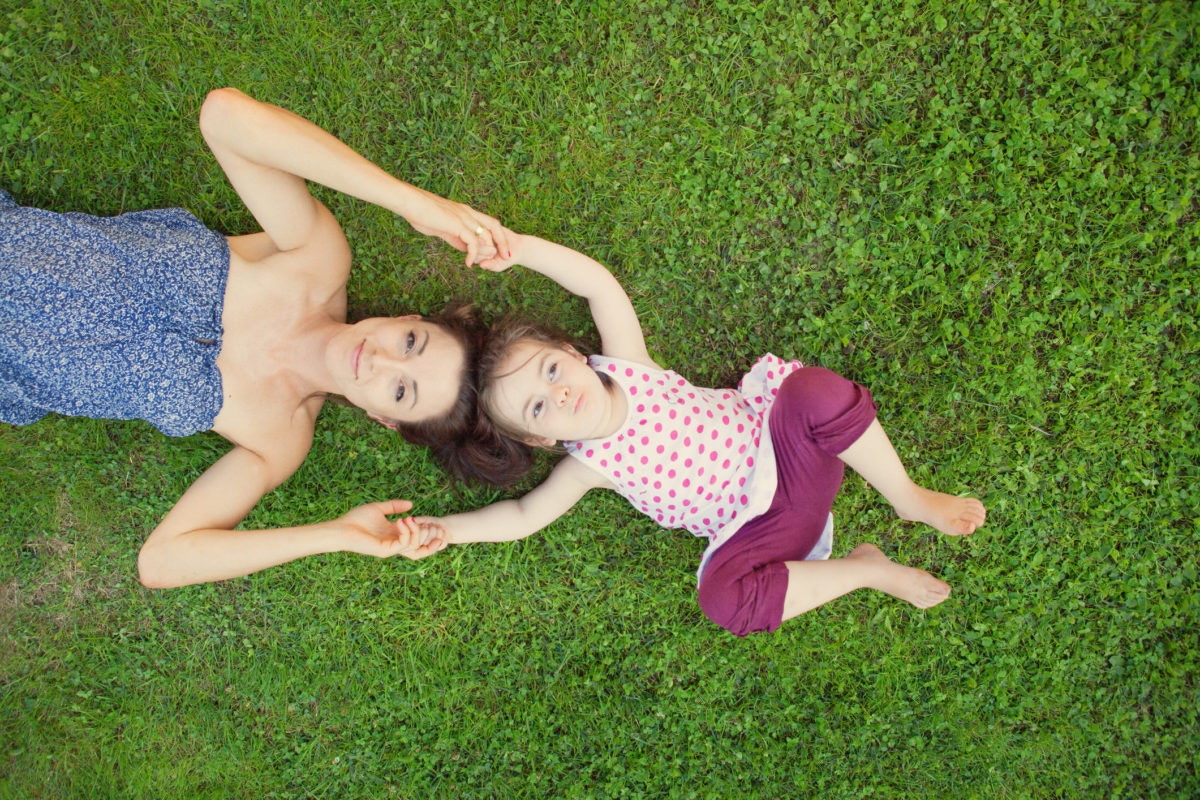Imagine yourself surrounded by nature for a moment. What do you see? A babbling brook, a soaring mountain top, or waves crashing against rocky beaches? Are you in a national park with picturesque views, or in a quiet forest, surrounded by trees and chipmunks? I’m guessing you didn’t picture yourself in your backyard, looking at dandelions and listening to cars driving past. A new study suggests that changing the way we think about nature might change our relationship with it – for the better. The study, titled Nature of Americans by Dr. Stephen Kellert and D.J. Case and Associates, aims to better understand Americans’ relationship with nature.  Americans face a sizeable gap between their professed interest in nature and their actual outdoor activities, the study found. The researchers identified four major factors which feed this separation between nature and American adults and children:
Americans face a sizeable gap between their professed interest in nature and their actual outdoor activities, the study found. The researchers identified four major factors which feed this separation between nature and American adults and children:
 Americans face a sizeable gap between their professed interest in nature and their actual outdoor activities, the study found. The researchers identified four major factors which feed this separation between nature and American adults and children:
Americans face a sizeable gap between their professed interest in nature and their actual outdoor activities, the study found. The researchers identified four major factors which feed this separation between nature and American adults and children:
- The areas where we live tend to separate us from the natural world.
- We spend our time, money, and attention on other top priorities.
- We directly depend on the natural world less for jobs and subsistence.
- We are distracted by technology. Children spend much more time in front of screens than outside.



